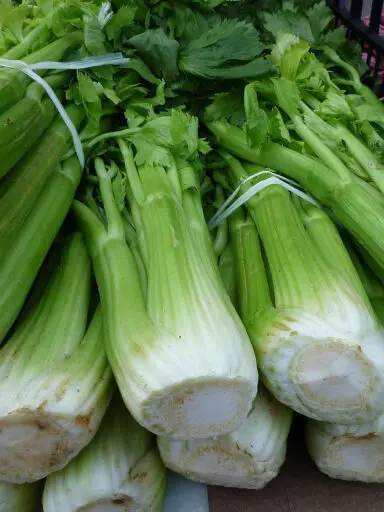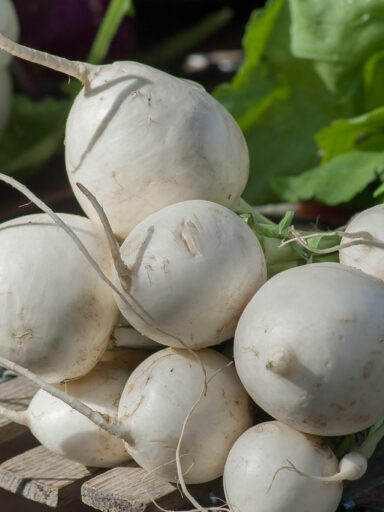Spices can be described as fruits, seeds, roots, barks, buds, or other parts of a plant that are primarily used for flavoring, preserving food, and coloring. A Spice can be distinguished from a herb in that herbs are taken from the green leaves or flowers of plants.
In culinary terms, vegetables can be distinguished from spices in that they are usually used as subsistence food rather than flavoring agents.
Spices contain antimicrobial properties making them common in hotter climates and more commonly used in meat dishes and food preservation in general. They are also commonly used in religious rituals and ceremonies, medicine, cosmetics or fragrance production, and as a vegetable.
Salmonella contamination is a concern in spices but seeing most of these culinary delights undergo cooking the micro-organisms are therefore killed. In cases like black pepper which is used at the table, the risks are higher. For the purposes of this guide, we will stick to the culinary uses of spices.
Spices as Used in Cooking
Culinary spices are generally available in fresh or dried forms. They are however more commonly used in dried forms. When dried they may either come whole or pre-ground. Ground into powder is the more commonly used form.
Whole dried ingredients keep the longest preserving both the product and the flavor. These achieve the best effect when ground upon use. This is commonly seen with the spices such as black pepper. Others like turmeric are exclusively sold and stored pre-ground.
In cooking, they are generally used at different stages of cooking ranging from marinating the foods to frying, to stewing and roasting. They can also be added to the finished dish during table service.
Depending on the type, they may contain high portions of fat, protein, and carbohydrate. However, because of the nature of these aromatic plants in culinary art use, little amounts are used therefore making them not ideal for gaining the nutritional value mentioned above.
Spices can also be rich in antioxidants. Quite notably are fresh ginger and cumin.



